Australia has a long history of introduction of exotic plants and animals, many of them were introduced for quite legitimate reasons, food, fibre, medicine etc but many of these introductions have had adverse impacts on both our Australian ecosystems and the economy. The list is seemingly endless; rabbits, foxes, canetoads, goats, pigs, prickly pear, water hyacith, salvinia, the list goes on.
The threats posed by introducing plants and animals into ecosystems where there is no control on them is well recognised, for example the International Union for the Conservation of Nature's (IUCN) "
Global Invasive Species Programme" lists numerous species which have caused ecological havoc around the world. In Australia there are numerous exotic species listed as key threatening processes under Schedule 3 of the New South Wales "
Threatened Species Conservation Act" and also under the Federal "
Environmental Protection and Biodiversity Conservation Act".
Mind you Australian species relocated to other countries can run amock as well, possums in New Zealand, tree snakes in Guam, Eucalypts in Greece, wattles in South Africa and Israel, paperbarks and Casuarinas in the southern states of the US.
Back in the mid to late 1800's "
Acclimatisation Societies" started around the world to encourage this sort of thing, thankfully they weren't as successful as they hoped and are now more or less defunct.
Given all that I really do have to shake my head over the article I came across printed in the Kyeamba Valley Landcare Newsletter written by Haikai Tane of
Watershed Systems Inc in New Zealand, I'll only quote a few relevant parts but the full text is over
here.
Professor Haikai Tane on (Riparian) Biodiversity and Peter Andrews
Research on riparian biota indicates there are probably greater grounds for concern about the phytotoxicity of Australian red gums than Willows! Well yes this would probably be why Australian animals have evolved to deal with these metabolites, why 1080 has less effect on Australian native animals (particularly those from Western Australia) than it does on exotic ones and why Koalas and Possums can digest gum leaves and Monkeys can't, no doubt Australian invertebrates would have evolved similar mechanisms.
Please be aware that the international convention on biodiversity specifically embraces all biota. Since the 1968 UNESCO international conference on "Use and Conservation of the Biosphere" in France, the UN position has remained unchanged:"there is no fundamental difference between natural, wild or modified, semi-natural or developed, domesticated or purely artifial vegetations. The laws governing these ecosystems are identical"...This doesn't make sense, of course the laws governing them would be identical, mind you the organisms living in these ecosystems would probably notice a significant difference.
..........Biodiversity is still only a convention because biologists have been unable to demonstrate that there is a functional relationship between the Linnaen classification of species and environmental performance...........This makes even less sense, the
Linnean system is merely a system of classifying species it was developed around 100 years before Charles Darwin published "On the Origin of Species by means of Natural Selection" and while it is well recognised to have shortcomings has stood up quite well. As I said it is merely a classification system and although there is debate as to whether it should be replaced by a system which better takes into
account evolutionary relationships, I am unaware if it has anything to say about environmental performance or ever really could.
......It may come as a surprise to some that the Australian concept of native biodiversity is inconsistent with the international biodiversity convention. It is more about personal beliefs and conservation funding programs than the ecological integrity of watersheds and their environmental performance......Obviously it's a surprise to the
IUCN as well.
Nature does nothing uselessly noted Socrates. Mother Nature is an equal opportunity employer - she does not discriminate on the basis of race, genera or species. That is a human failing. A few years ago, I was advised by the leaders of a German Parliamentary Delegation on Conservation and the Environment visiting New Zealand - while here they investigated "native biodiversity programs" - that in Germany they call native biodiversity "ecofascim" because it is based on the same nativist principles that underpinned Hitler's Fascism.Oh dear!
Reductio ad Hitlerum? Wanting to protect endangered species and preserve ecosystems is "Ecofascism"? I can understand the Germans getting a little wary which may even remotely be seen as nationalism but claiming it as "Ecofascism"? As I pointed to earlier there are numerous reputable organisations in Australia and overseas who are concerned with the spread of exotic species and their impact on ecosystems, to label them as fascists or even to equate this concern with fascism is, well, to be extremely polite "unscientific". Denigrating and labelling as "ecofascists" those with legitimate concerns does nothing for the debate and even less for the credibility of those tossing the accusation around.
..........perhaps the Natural Sequence Farming movement can take the lead and expose the "exotics are pests" mentality as a sadly misinformed ecocolonial myth doing more damage than good........As I've pointed out there is a lot of evidence that exotics can be pests, not all of them and some can be problems in some areas and not in others I really don't want to get into the subject of weed ecology at the moment but just to reiterate foxes are pests, rabbits are pest, prickly pear and tiger pear are pests (the former less so since the release of the Cactoblastis moth), Equine Influenza is a pest. As to "ecocolonialism"? What exactly does that mean? Certainly I can understand it applying to Acclimatisation Societies and their descendents who are quite happy with the McDonaldisation of the worlds ecosystems.
...It is far, far better to teach your community to observe and enjoy the exciting dance of ecosynthesis uniting native and exotic biota in new and improved riparian ecosystems..."Ecosynthesis"? Just another word for extinction really.
Edit: I really should have gone and had a look at the
Convention on Biological Diversity it seems they're concerned about introduced species as well, among the actions listed for preserving biodiversity at a national level is:
Preventing the introduction of, controlling, and eradicating alien species that could threaten ecosystems, habitats or species.
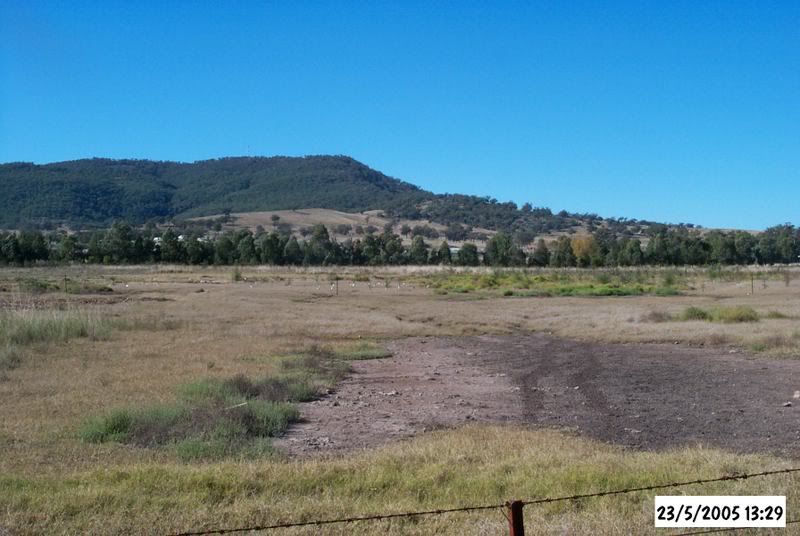
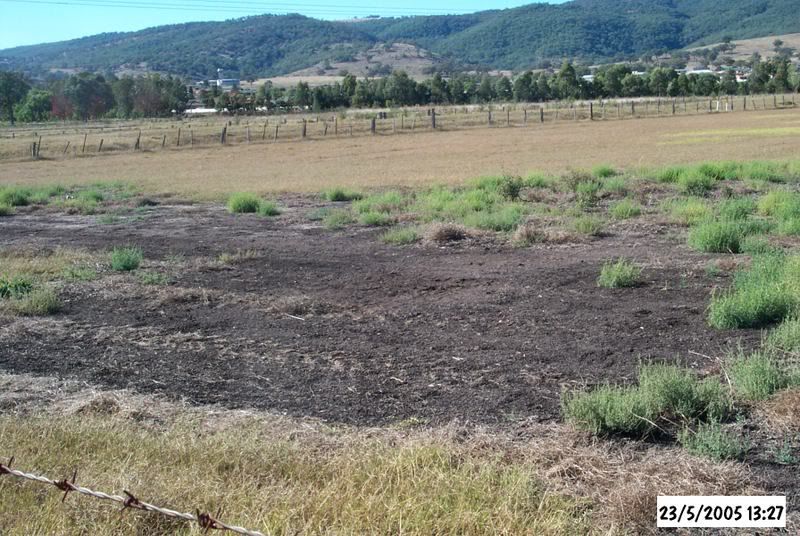
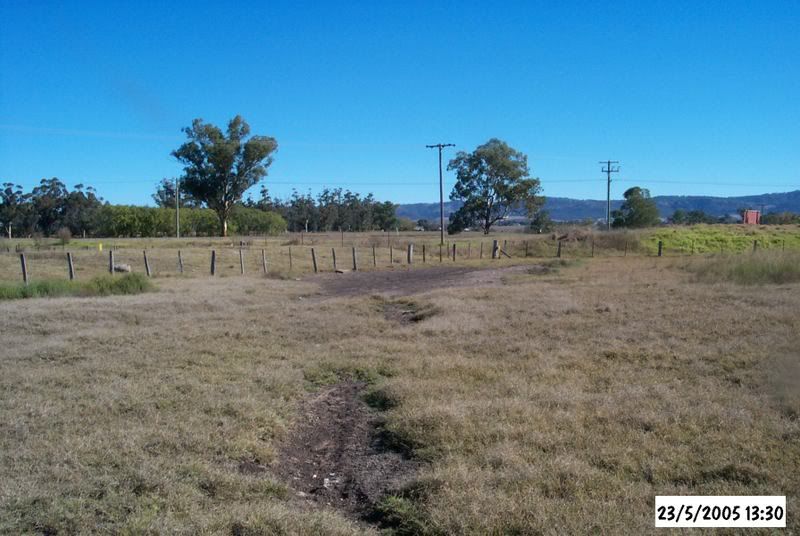
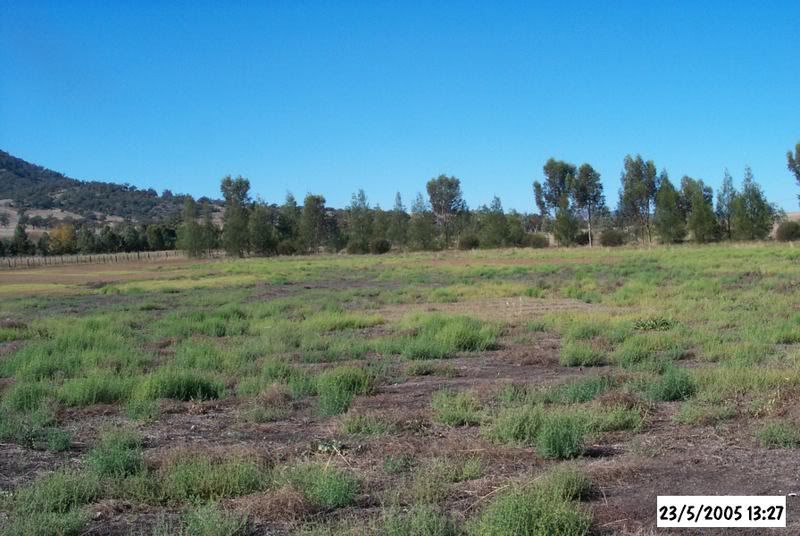
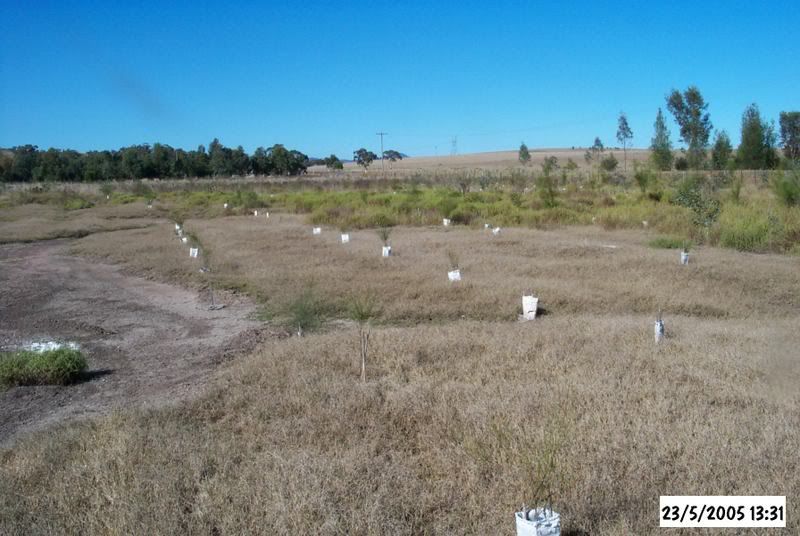 How did you go? Bare patches of ground, low in the landscape, obviously got a few problems and if you look closely you can see little patches of white, telltale signs that there's a salt problem there. Now a couple more pics.
How did you go? Bare patches of ground, low in the landscape, obviously got a few problems and if you look closely you can see little patches of white, telltale signs that there's a salt problem there. Now a couple more pics.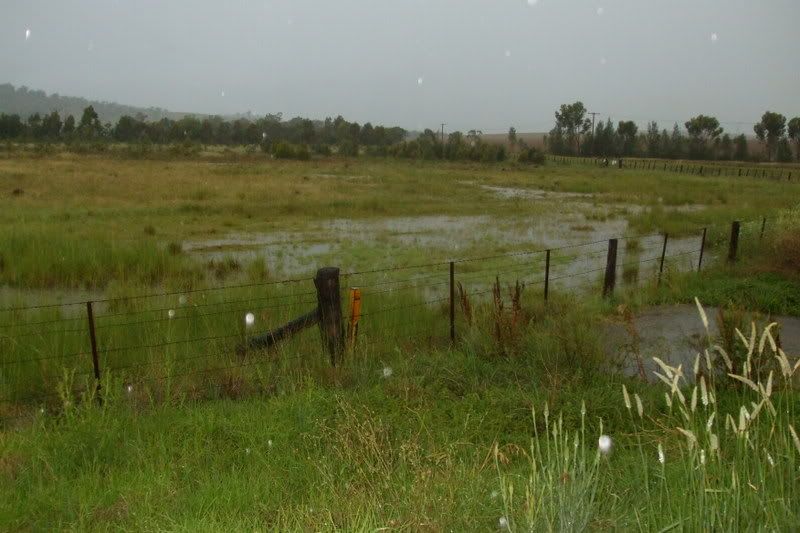

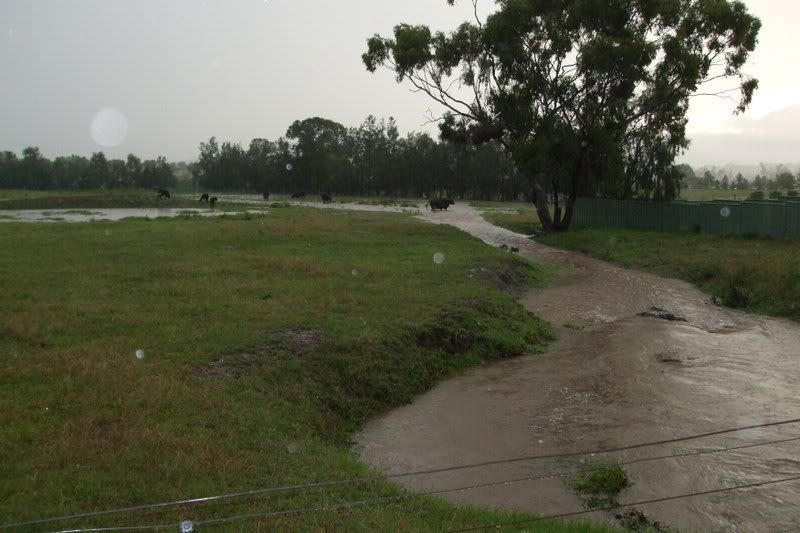 And as you'd expect for a low lying site half surrounded by urban development it's prone to flooding.
And as you'd expect for a low lying site half surrounded by urban development it's prone to flooding.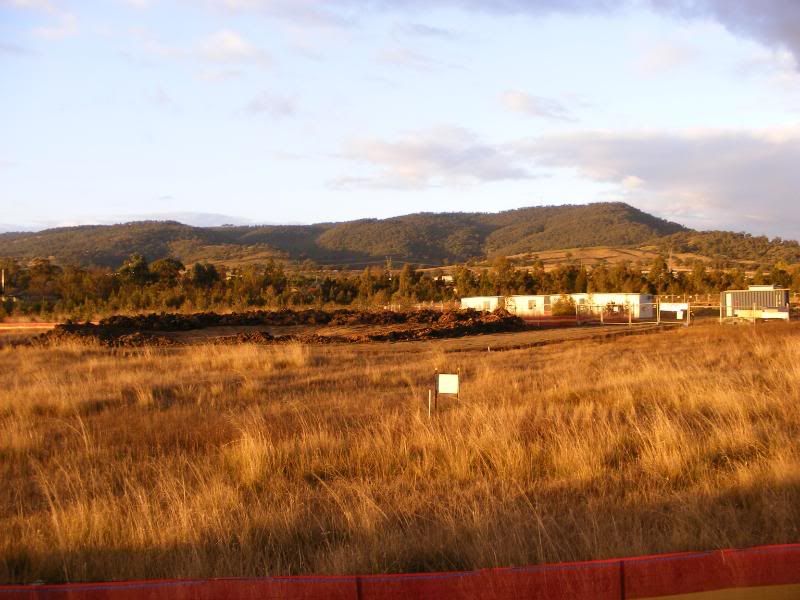
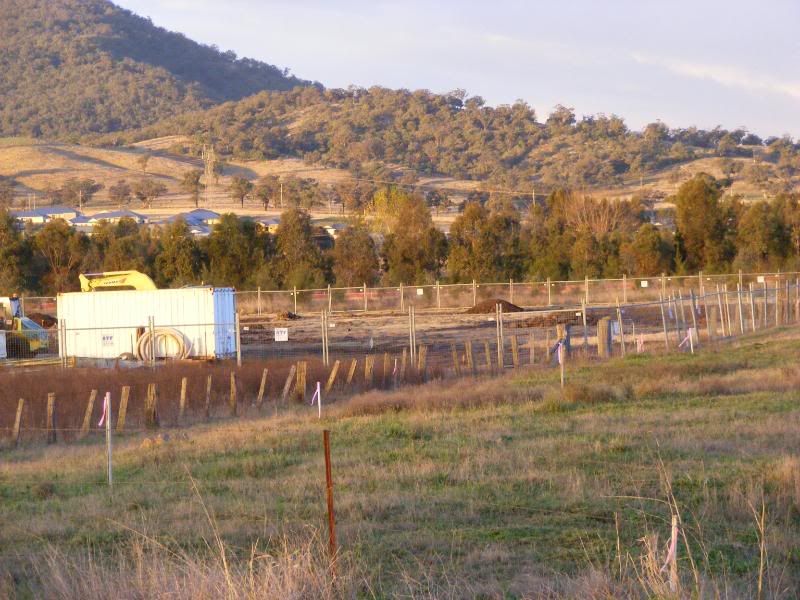


 Spotted Quoll
Spotted Quoll